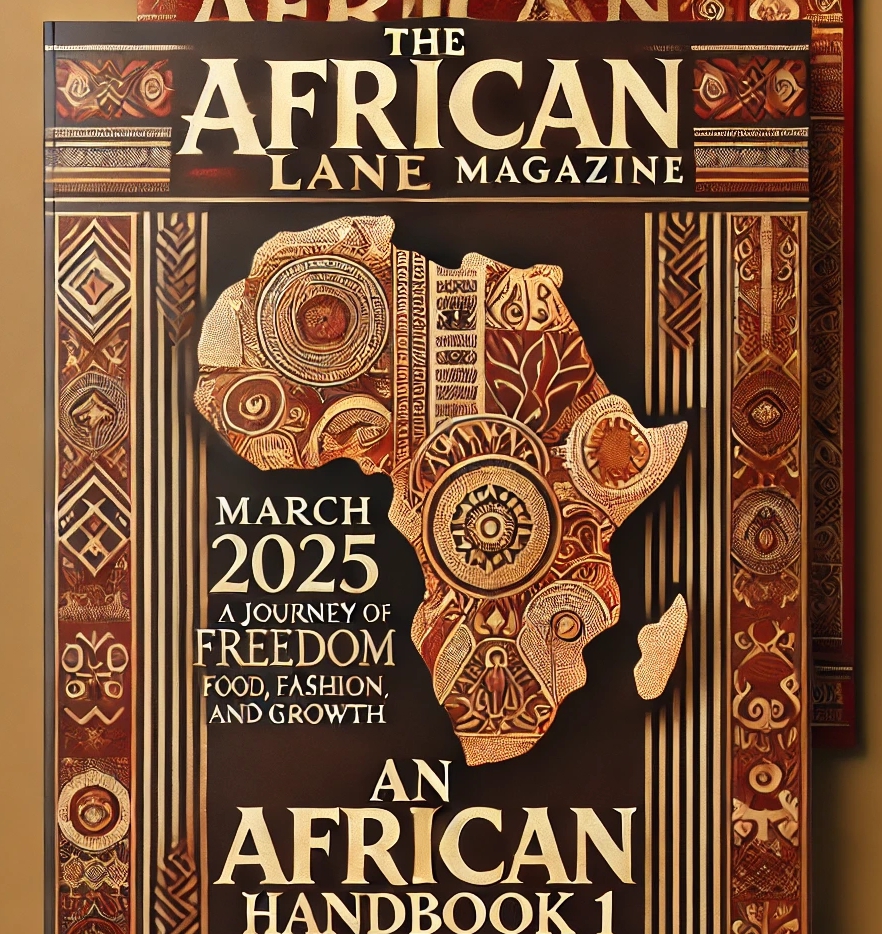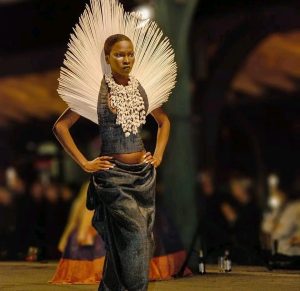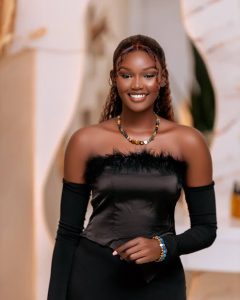FASHION AND STYLE TRENDS IN AFRICA: TRADITIONAL AND CONTEMPORARY INFLUENCES
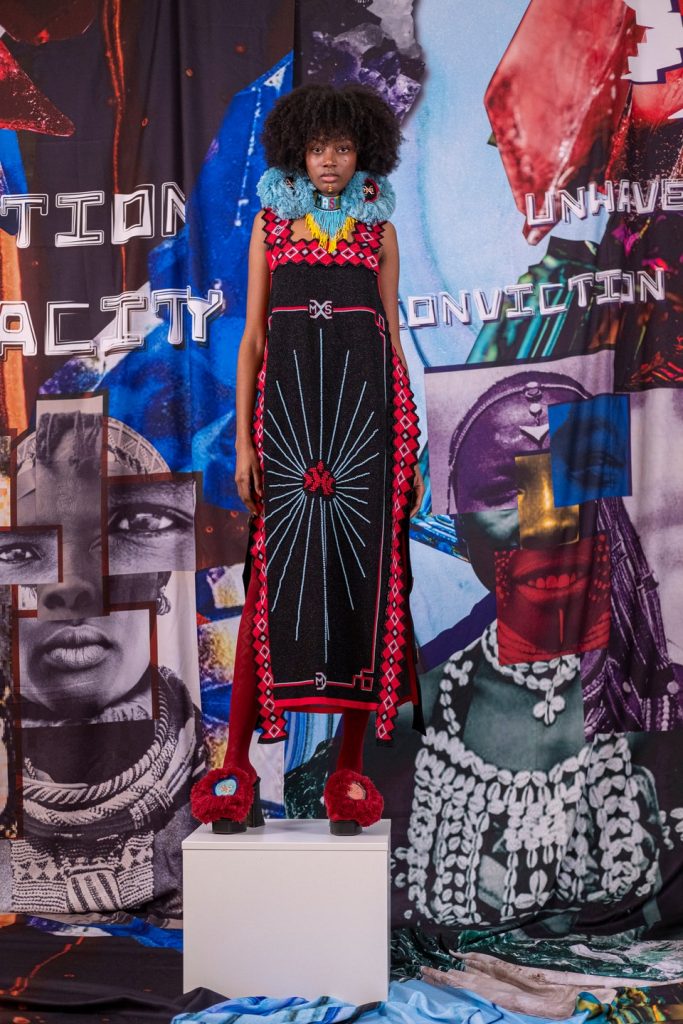
Designs by MaXhosa. Image source: MaXhosa Africa
Fashion is a fundamental expression of culture; it is a mirror that reflects a society’s values, traditions, and contemporary influences. With eyes on Africa, her fashion is even more vibrant today than ever, interwoven with tradition and innovation.
From the beautiful textiles of West Africa to the sophisticated beadwork of East Africa, the continent’s variant cultures inspire a plethora of styles that captivate the global fashion scene. Not to be too forward but confirming from a 2023 report from the UN’s cultural body Unesco, Africa “holds all the cards to become one of the next world fashion leaders”.
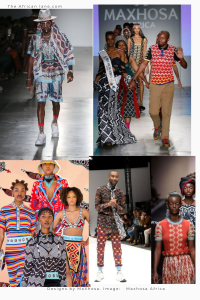
In this article, we will explore the depth of the influence of traditional and contemporary fashion and style in Africa.
Traditional Influences:
Traditional African attire reflects the rich cultural heritage of the continent’s numerous ethnic groups. Each region boasts its unique textiles, patterns, and techniques, passed down through generations.
For example, the Kente cloth of Ghana is renowned for its bold colors and diverse geometric designs, often worn during special occasions such as weddings and festivals.

Similarly, the Maasai people of semi-nomadic East African people found in Kenya and Tanzania, are known for their beautiful red shuka robes (affectionately known as the “African blanket”) and distinctive beadwork, which hold deep cultural significance. These traditional garments not only serve as expressions of identity but also as symbols of community and belonging.
More detailed, traditional influence on fashion stems from the following:
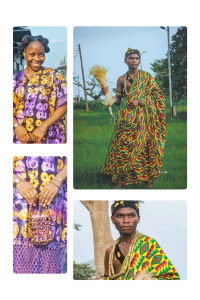
Image source : Uncommon Clips.
1. Cultural Heritage: The traditional garments, textiles, and craftsmanship of each culture are rich sources for African fashion designers to draw inspiration from.
2. Rituals and Ceremonies: The costumes worn during ceremonies and celebrations usually impact fashion. For example, wedding gown designs are often based on bridal wear from other cultures.
3. History: The influence of history is very commonly part of the creations of fashion designers in Africa. They use elements from past times to create contemporary collections. They draw from their rich historical richness, incorporating traditional motifs and techniques into modern designs, celebrating heritage while pushing the boundaries of global fashion.
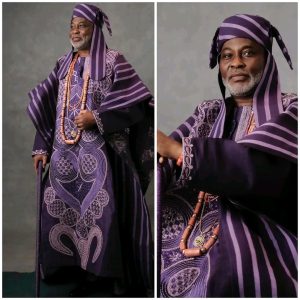
Image source: Facebook
There is no doubt that African fashion is a dynamic fusion of tradition and innovation, constantly evolving yet deeply rooted in cultural heritage but it is recognizing the need to promote these
cultures and actually promoting it that will preserve our heritage.
Some fashion houses are rediscovering their roots and incorporating traditional techniques into their modern collections, appealing to consumers seeking authenticity and craftsmanship
Excerpt from The African Lane Magazine’s 4th Edition.
Download magazine👇👇 for the complete article
